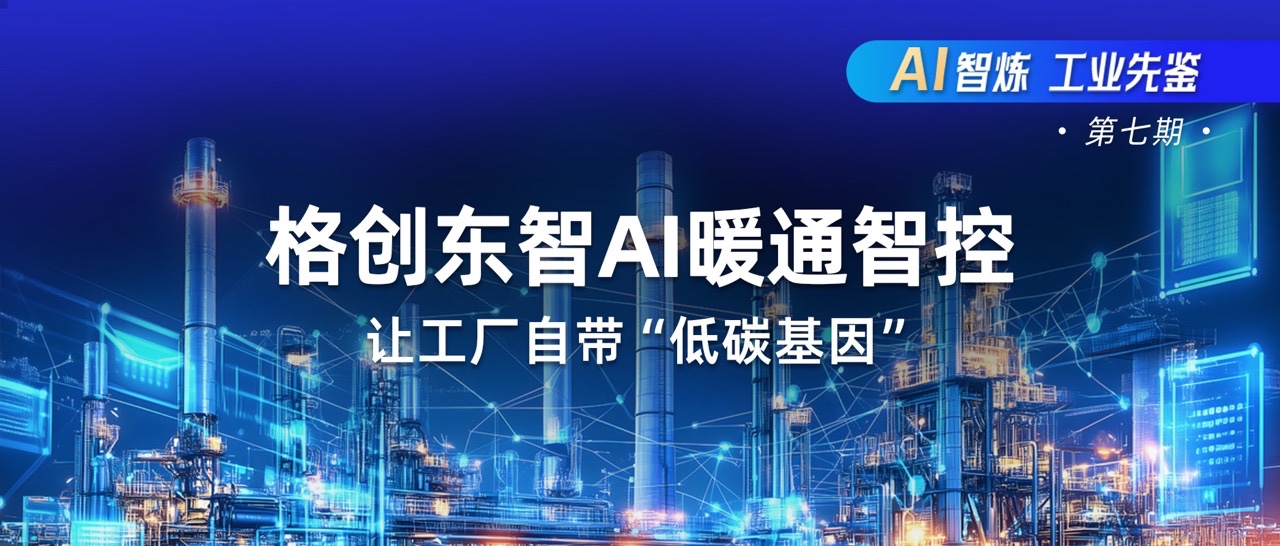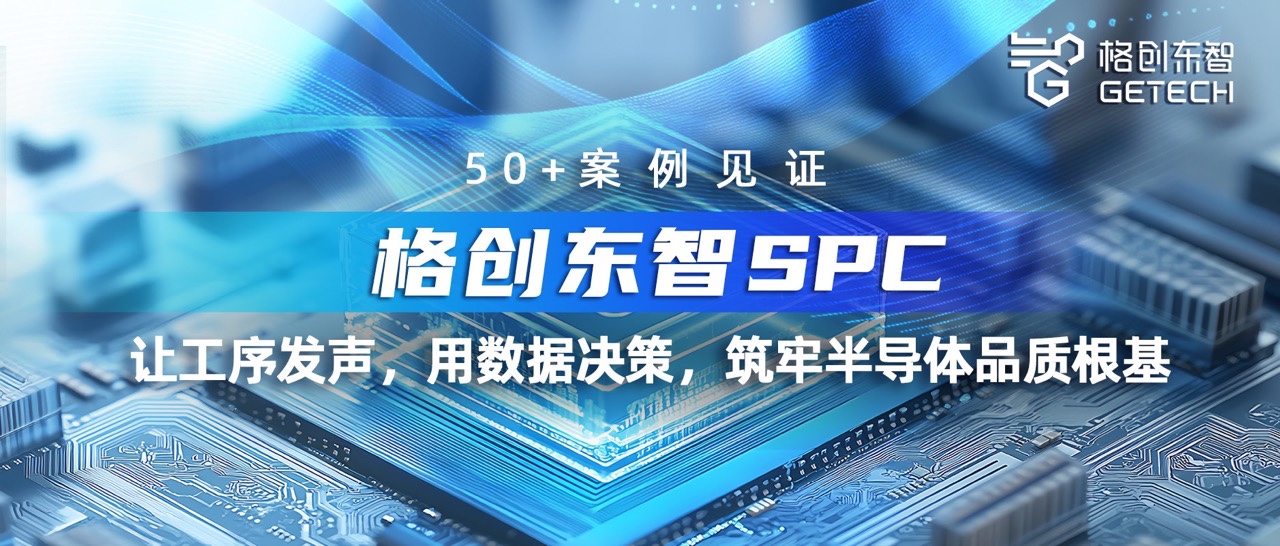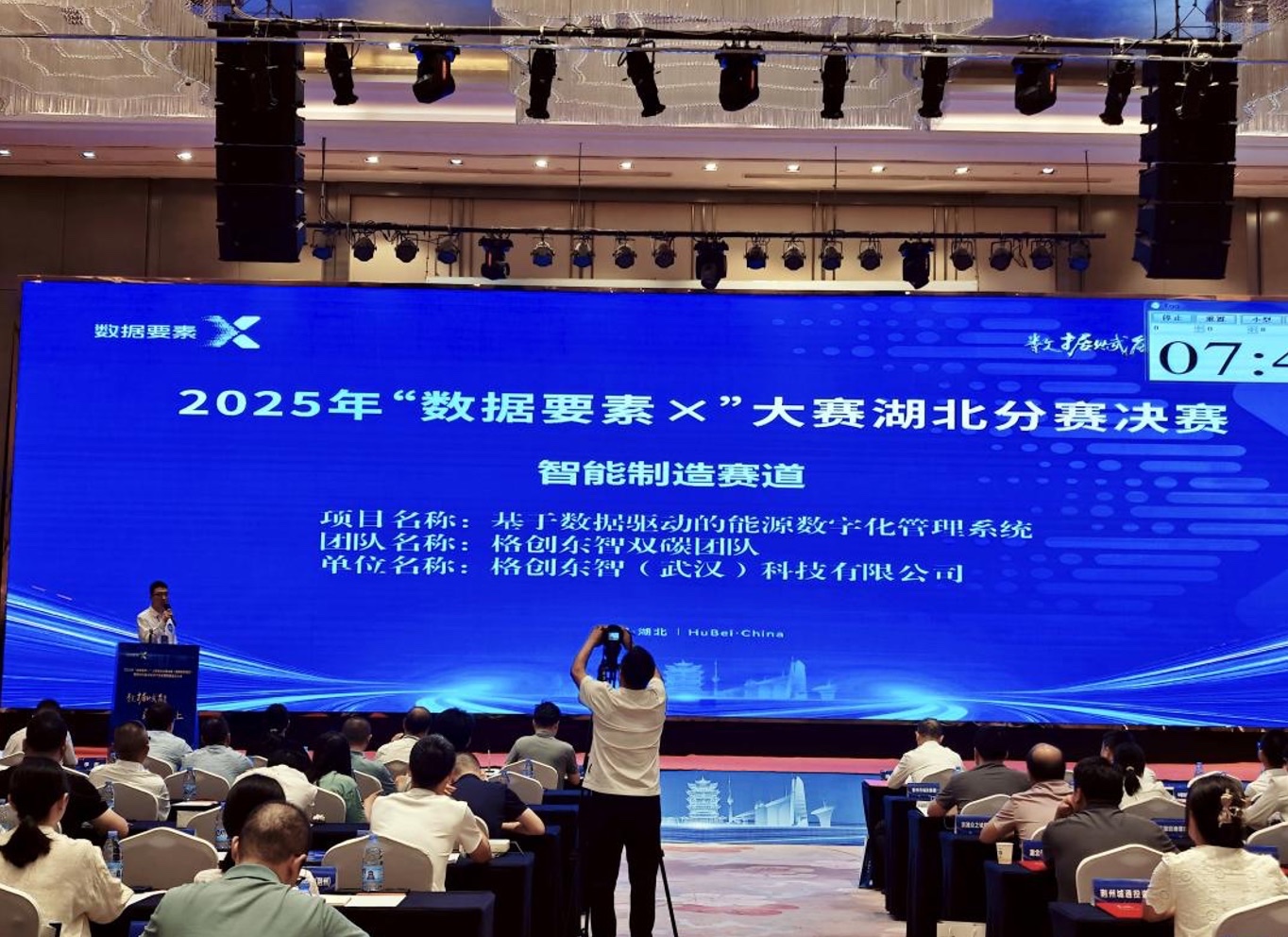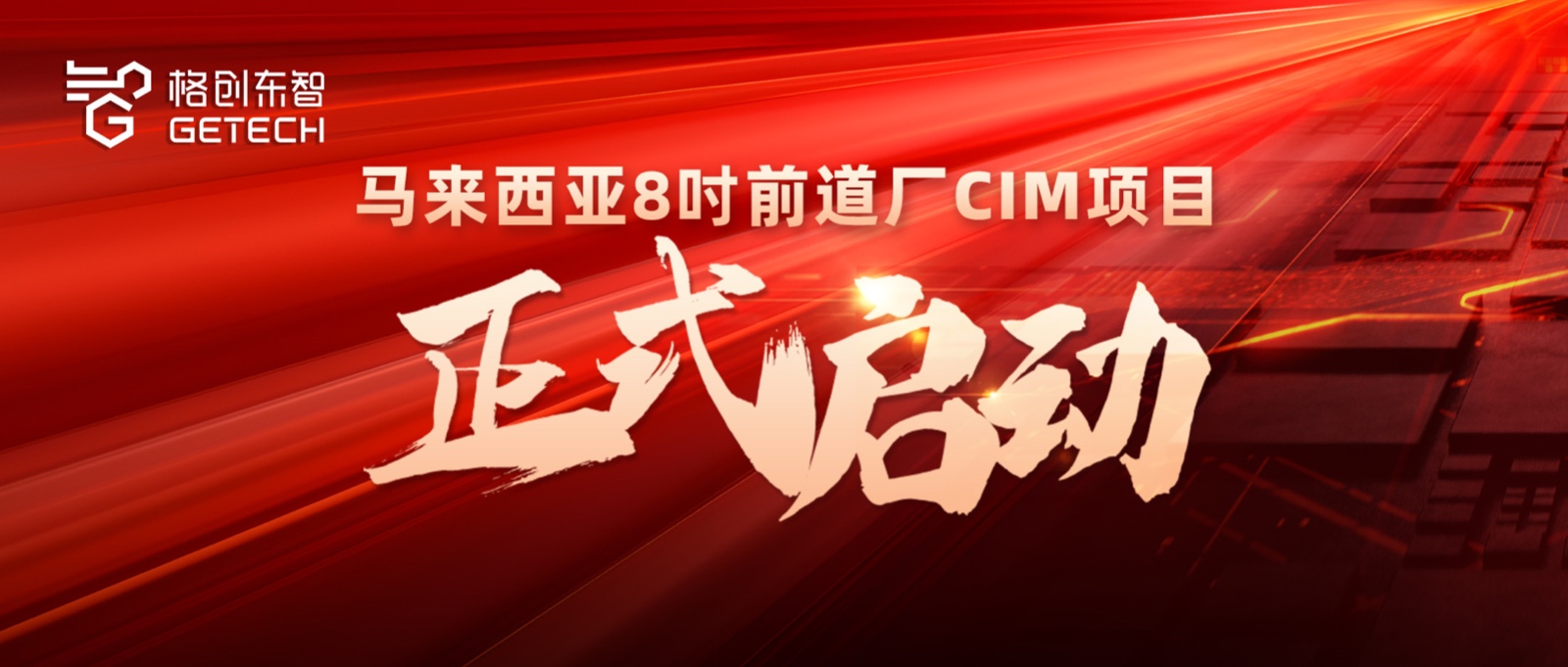Global software experts contribute 'hard' insights: Building China's industrial Great Wall with our own bricks - replication
'It has become extremely difficult to use others' bricks to build our own industrial Great Wall,' said Wang Chenglu, CEO of Shenzhen Kaihong Digital Industry Development Co., Ltd., during the first China Software Innovation Development Conference held in Wuhan on April 15. His remarks resonated deeply with the audience.
Among the top five global IT giants by market capitalization are Microsoft, Apple, Google, and Amazon, all of which derive their core competitiveness from foundational software. Can China unlock hardcore technology through 'software' capabilities? The conference provided new insights.
'Back to the Roots'—Building Our Own Foundation for the Semiconductor Industry
If chip manufacturing is compared to building a house, the instruction set architecture is akin to the foundation. For a long time, the semiconductor industry's 'foundation' consisted of only two architectures: Intel's X86 and ARM, until 'RISC-V' emerged.
At this grand event, Ni Guangnan, an academician of the Chinese Academy of Engineering, delivered a keynote speech titled 'Vigorously Developing RISC-V Foundational Software to Promote the Prosperity of the RISC-V Ecosystem.' RISC-V is an open-source instruction set that Ni describes as 'dividing the world into three parts.' The X86 ecosystem enabled Microsoft's success, while the ARM ecosystem propelled Apple and Google. The open-source RISC-V ecosystem lowers the barrier to building 'chip edifices,' offering China a 'core' opportunity. After facing restrictions on 'China chips,' why not build a fully independent and controllable semiconductor industry chain on our own 'foundation'?
Wang Chenglu believes that the RISC-V open-source ecosystem is highly meaningful for Chinese software companies to 'decorate' the 'raw structure' and develop their own Internet of Everything.
It is understood that the number of open-source developers in China has exceeded 8 million, ranking first globally. Ni Guangnan noted that China strongly supports this emerging open instruction set architecture, with investments ranking among the top globally. In 2021, over half of the IP core shipments under this architecture originated from China. Additionally, nearly half of the experts with voting rights in the global open-source community for this architecture are from China.
This 'foundation,' which offers China the potential to build new heights, has a core 'load-bearing structure': foundational software. Tongxin Software owns China's first desktop operating system root community—the Deepin community, one of China's largest, oldest, most active, and globally recognized open-source operating system communities. Liu WenHuan, General Manager of Tongxin Software, who attended the conference, emphasized that breakthroughs in foundational software require mastering root technologies. Only with Chinese leadership can it be 'used for our purposes.'
To overcome the dilemma of 'lacking chips and souls,' China may achieve a breakthrough through 'software.' Ni Guangnan similarly believes that 'the survival and development of a CPU architecture particularly depend on foundational software, which requires significant investment and long R&D cycles.' 'I hope this conference will sound the horn for the攻坚战 of foundational software!' Ni said, noting that foundational software lies between chips and application software, connecting software and hardware.
Enterprises Must Prioritize Software to Keep Up with the Times
'What is a traditional enterprise?' An Xiaopeng, Vice President of Alibaba Research, asked the audience. 'One viewpoint suggests that any company that does not incorporate 'software-defined hardware' into its top-level design is a traditional company.'
He gave an example: Is a smart connected vehicle more like an electronic product or a mechanical product? He believes it is an integrated, distributed system with decoupled software and hardware.
He argued that AI tools like ChatGPT are products of a 'battlefield of giants, a revolution in tools.' 'Today, we face a new world defined by data and algorithms. The era of software signifies a重构 of our methodology for understanding and transforming the world. Hardware determines the lower limit of consumer experience, while software determines the upper limit.'
He Jun, Vice President of TCL Industries and CEO of Grentech East Intelligence Technology Co., Ltd., stated that 'software-defined factories' are most typically exemplified by 'CIM' software, which acts as the 'central brain' guiding the precise operation of semiconductor factories. Composed of dozens of systems such as MES and EAP, it requires the same high level of attention as EDA software. Currently, in semiconductor wafer manufacturing, CIM software is still dominated by foreign giants. Most of the CIM software used in domestic 12-inch wafer fabs is monopolized by foreign companies. If it fails, the entire semiconductor factory grinds to a halt.
He Jun mentioned that through Grentech's efforts, Chinese companies have broken technological barriers in this software area. For example, they assisted TCL CSOT, a leader in the semiconductor display industry, in achieving a 95% localization rate for CIM software and significantly improving the factory's intelligent management level.
Chen Bo, Assistant President of Kingsoft Office, who attended the conference with the latest generation product WPS365, believes that, taking office software as an example, the shift to the cloud document era has greatly changed software applications. Cloud documents, IM instant messaging, and video conferences have become the new 'office trio.' WPS 365 also includes interconnected features such as cloud drive, instant messaging, video conferencing, email, calendar, and cloud documents.
(By Li Jia, Li Qin, Zhu Jiaqi, correspondents Wu Jingxuan and Lu Ni from Yangtze River Daily)





